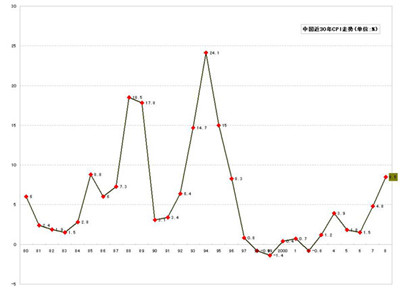Forecasting the present

Simply asking business-folk what they think is a venerable tradition—Britain's Industrial Trends for example dates back to 1958—but such surveys are flourishing as never before. Among the most influential are purchasing-manager indices. Every month managers in both manufacturing and private services are asked whether their firms' output, employment, orders and the like have expanded or contracted. An index based on the net balance of their answers shows expansion above the level of 50 and contraction below it.











